Best music stands 2025: Top choices from On-Stage, K&M, Hercules and others
Need something to help you prop up your song sheets? We can help with our pick of the best music stands you can buy right now

Whether you’re a student, a busker or an orchestral player, having a good-quality music stand can be a massive help. Keeping your lyrics and notations on display is important for seamless performances and hassle-free practice sessions. But what are the best music stands on sale today, and how do you go about finding one that’s right for you?
That’s where this guide comes in. As well as bringing you a list of recommendations, we’ll be offering some expert guidance on what to look out for when searching for your perfect music stand.
Best music stands: Our top picks
If money is no object, then the Manhasset Symphony Stand (4801) should be on your shortlist. Its solid reputation and durability make it our top choice for any practice room, orchestral stage or teaching studio.
Musicians on a tighter budget might want to take a look at the On-Stage SM7122. It’s a no-frills stand but will get the job done with minimal outlay. What’s more, it comes in a choice of colours, which isn’t something you can say about all music stands.
Best overall
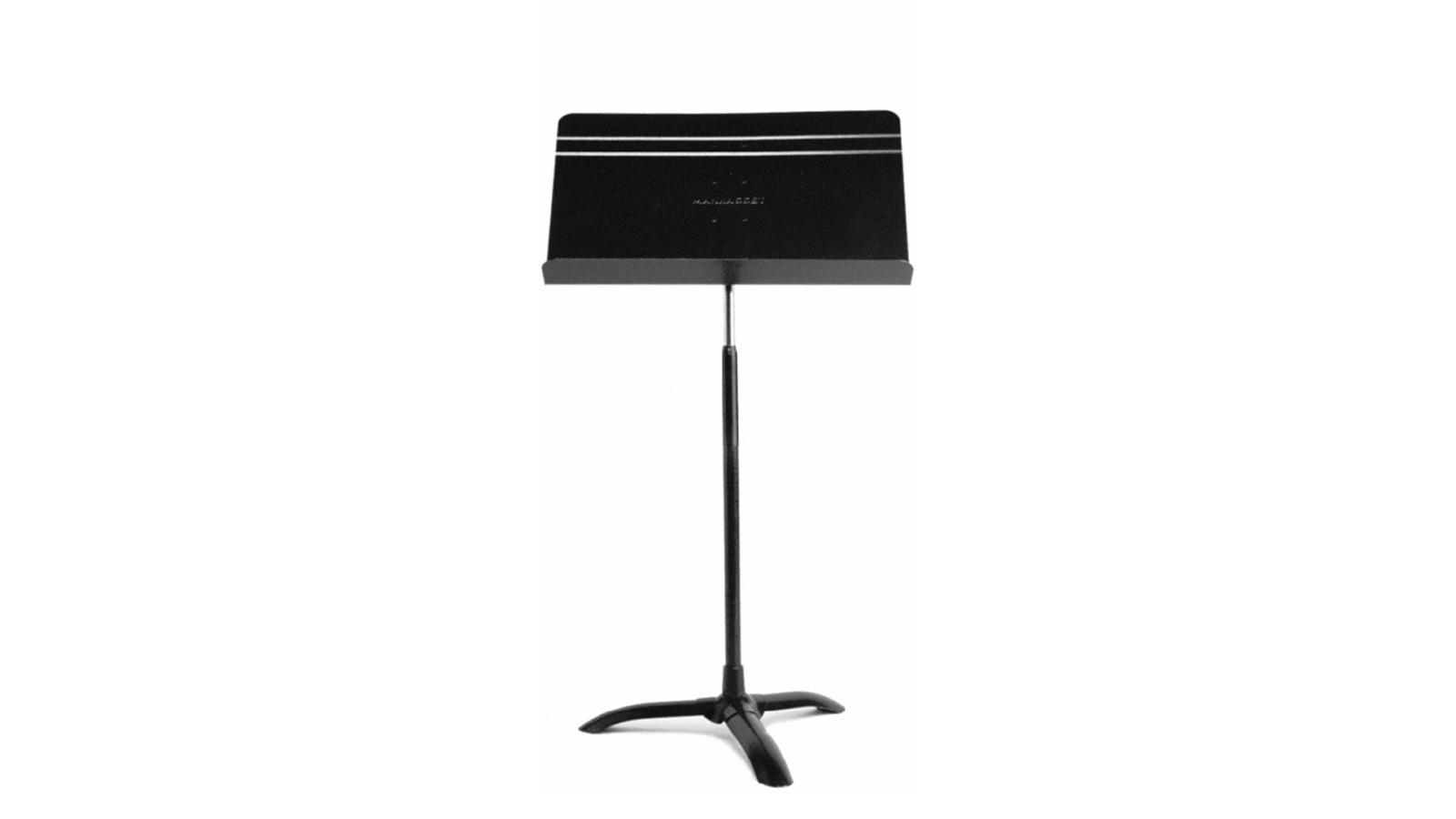
1. Manhasset Symphony Stand (4801)
Our expert review:
Specifications
Reasons to buy
Reasons to avoid
Having been in the business since 1935, Manhasset knows a thing or two about what musicians want from a music stand, and its best-selling product, the Symphony Stand (4801), is a real winner.
A non-portable design that requires some self-assembly before use, the Symphony Stand comes with a welded-steel, three-legged base and a chrome telescopic column containing a brass bearing for quick height adjustment. This is all topped off by a solid desk whose one-touch, friction-tilt neck allows it to be quickly repositioned at any angle.
Able to support weights of up to 5.5lbs/2.5kg, the Symphony Stand is a durable, functional and easy-to-use offering from a well-respected manufacturer – all of which makes it an excellent choice for any musician.
Best on a budget
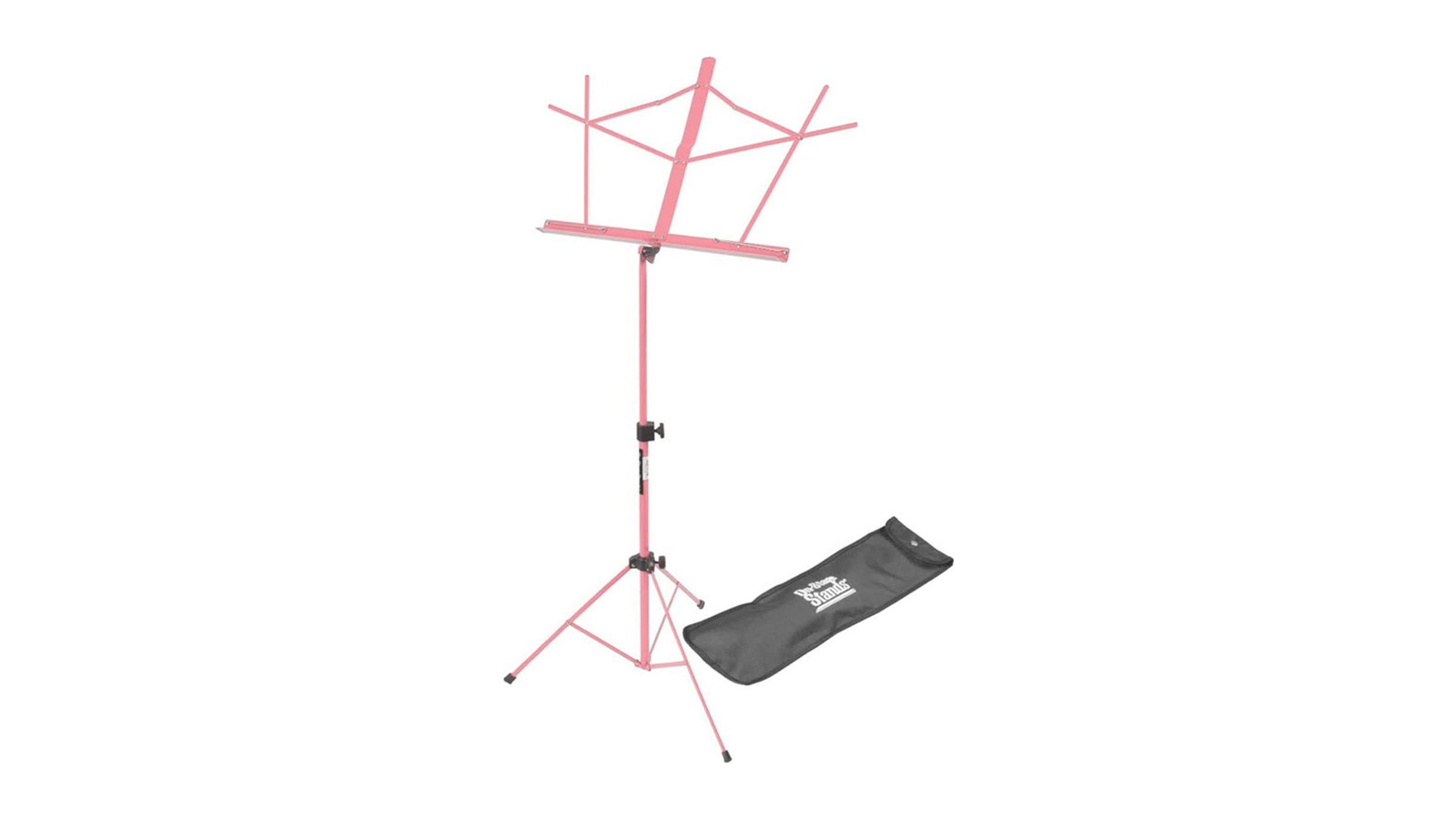
2. On-Stage SM7122
Our expert review:
Specifications
Reasons to buy
Reasons to avoid
This model from On-Stage is a more traditional, wireframe design that appears here for two main reasons. Firstly, it’s a decent-quality stand that can be bought for very little money, and secondly it’s available in a variety of colours, which means it’ll add a dash of personality to your musical pursuits.
The SM7122 isn’t the sturdiest stand here, so it would be more suited to holding lightweight materials, from single music sheets up to thinner books. But if that’s all you need to work with, then it’s definitely up to the task, and includes a bag with a shoulder strap to aid portability.
Available in Nickel, Blue, Green, Red, Pink and Purple, the SM7122 has everything you’d expect from a traditional stand, including a fold-out wireframe desk, spring-loaded retaining clips for your sheet music, a height-adjustment clutch and rubber-tipped tripod feet for added stability.
Best folding stand
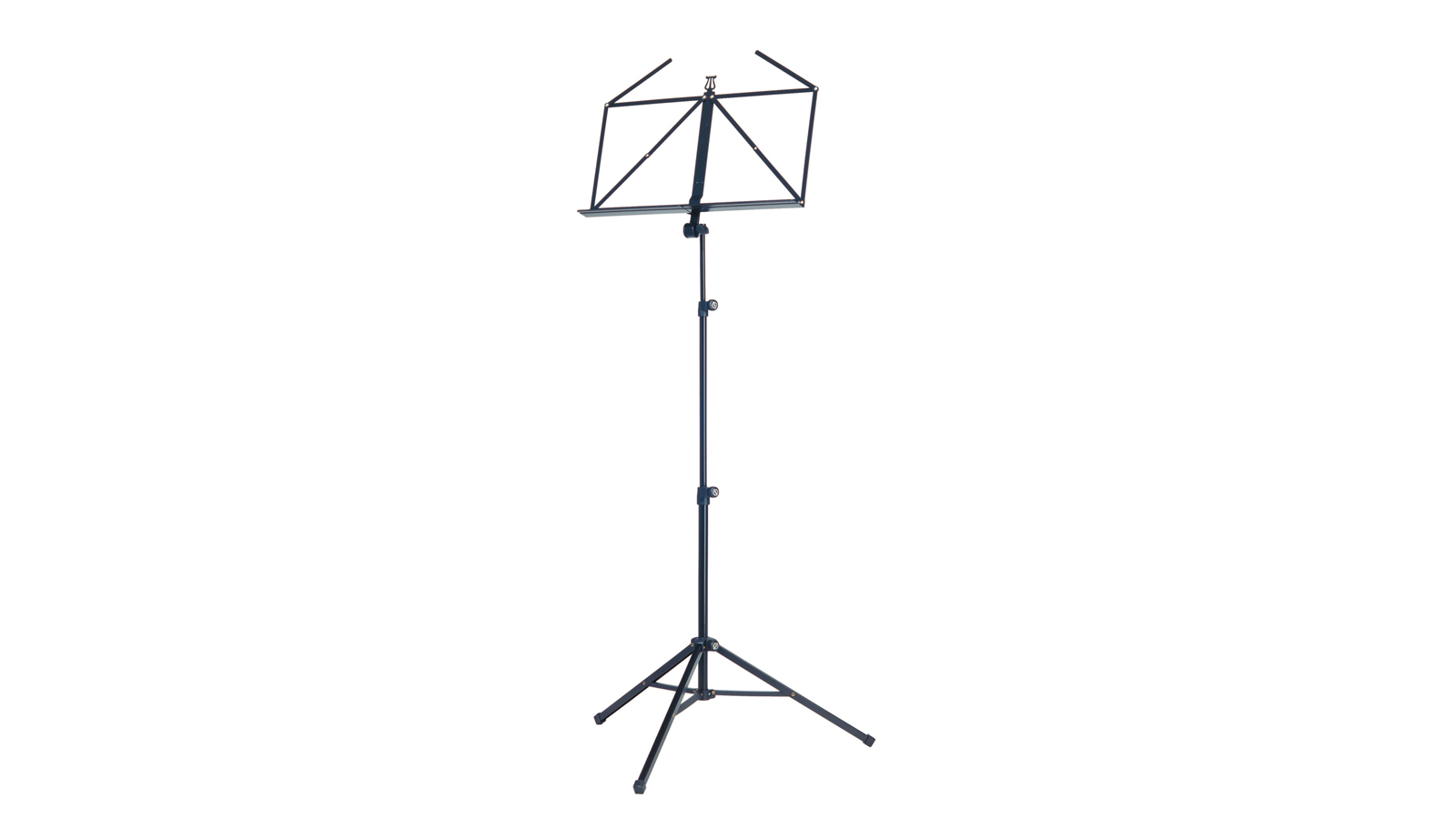
3. K&M 10065 Music Stand
Our expert review:
Specifications
Reasons to buy
Reasons to avoid
If a product bears the K&M logo, then you know it’s going to be high-quality. After all, stands and other musical accessories are all that the company has been doing since 1949, mating precision German engineering with premium materials for a durable end result.
The 10065 is no exception. Firmly hitting the sweet spot between portability and stability, this traditional folding stand is designed to hold large volumes of sheet music safely, featuring a large desk area with a deep lip and the usual folding arms to keep everything in place.
Rubber-tipped feet help to keep things secure from the ground up, and the knurled knobs have a reassuring quality about them. It might cost a little more than your average bargain-basement stand, but the 10065 proves that you get what you pay for.
Best for stability
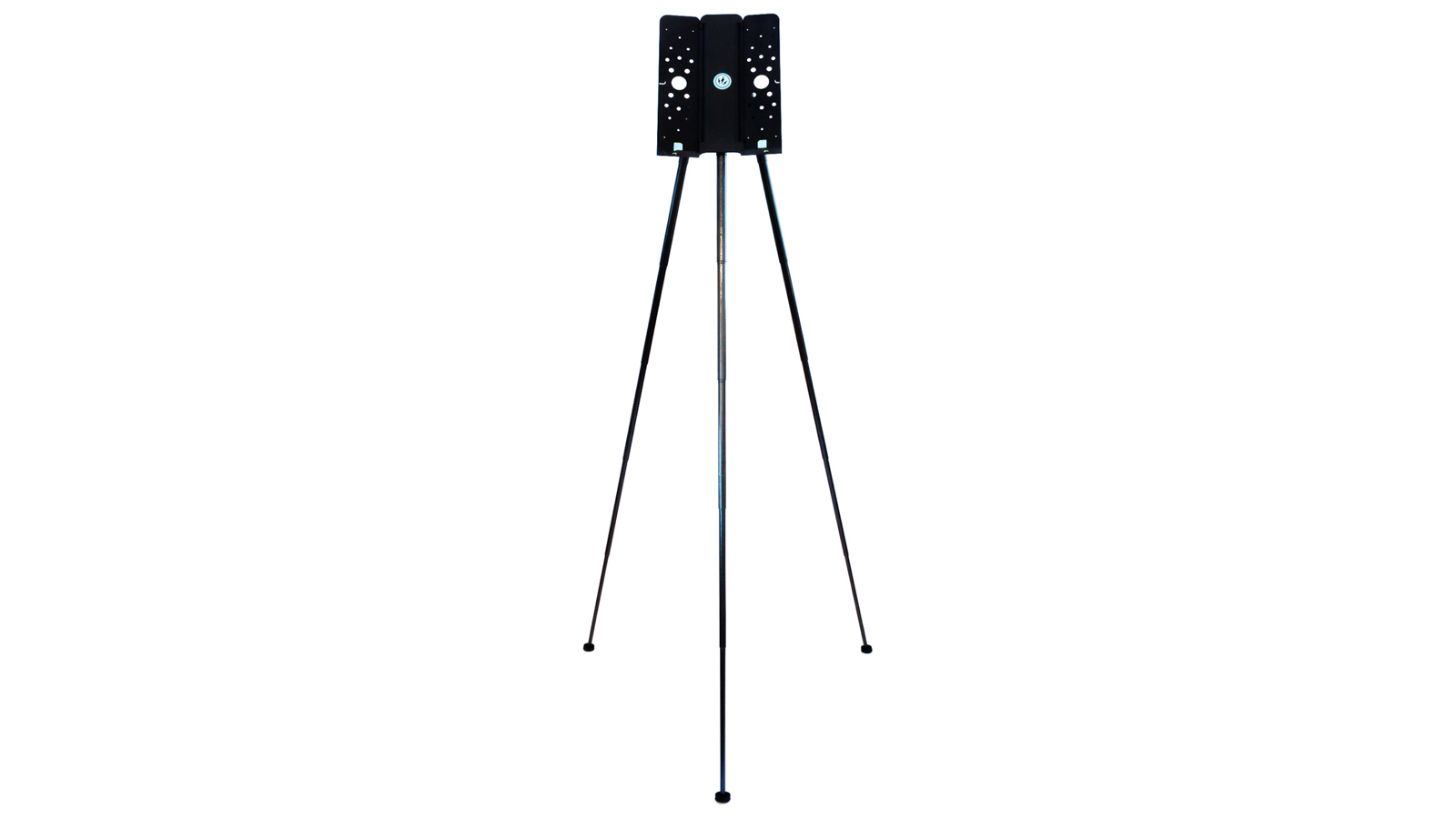
4. Noisy Clan Wee Stand
Our expert review:
Specifications
Reasons to buy
Reasons to avoid
The curiously named Wee Stand throws the conventional music stand blueprint out of the window and substantially updates the concept. Ultra-lightweight, compact and portable, the three-panel desk folds out like a triptych, after which the three carbon-fibre telescopic legs shoot out from the underside and lock into place with a brief pull on the feet.
The legs’ clever tension-lock design enables them to be quickly locked into one of six possible lengths, meaning the stand can go from tabletop use to full height in a matter of seconds. It takes a little practise to get the hang of how the legs work, but once they’re locked to the desired height the stand is very sturdy.
The desk (or ‘media plate’) can be tilted upwards as far as the horizontal plane, and is solid enough to firmly hold a large book or iPad. Other innovative features include swivelling page-holder clips, a central slotted tab for securely holding two single sheets side by side, plus a strap to attach ballast such as a rucksack or similar, to further improve stability in a windy outdoor setting.
Though it’s still being crowd-funded on Kickstarter at the time of writing, by the time you read this the Wee Stand should be available for pre-purchase to all those who invested in it.
Best with case
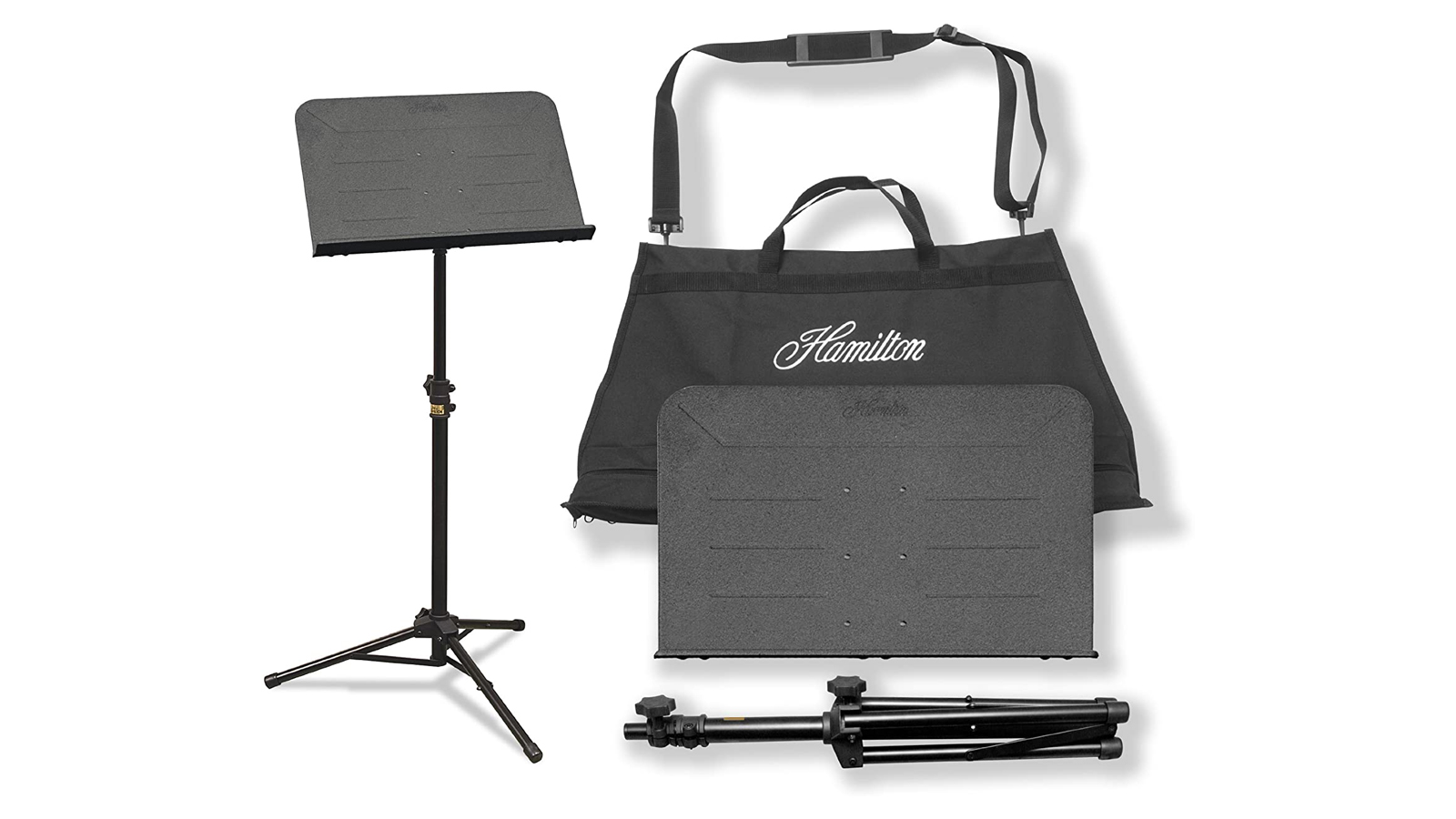
5. Hamilton KB90 Traveller II
Our expert review:
Specifications
Reasons to buy
Reasons to avoid
Ideal for gigging musicians, the Traveller II is a sturdy, lightweight and portable stand.
Its solid steel desk features reinforcing ribs on the face, along with rolled edges, to prevent the surface from warping or bending. Elsewhere, the solid steel column can be extended up to 47”/1.2m and features a fold-out three-legged base equipped with rubber feet to prevent slippage.
Though the desk doesn’t fold, the Traveller II comes with a high-quality, dual-compartment carry bag made from heavy-duty material. One zippered compartment takes the desk, the other the stand, and the whole thing can be slung over a shoulder by means of a padded strap.
Best for adjustability
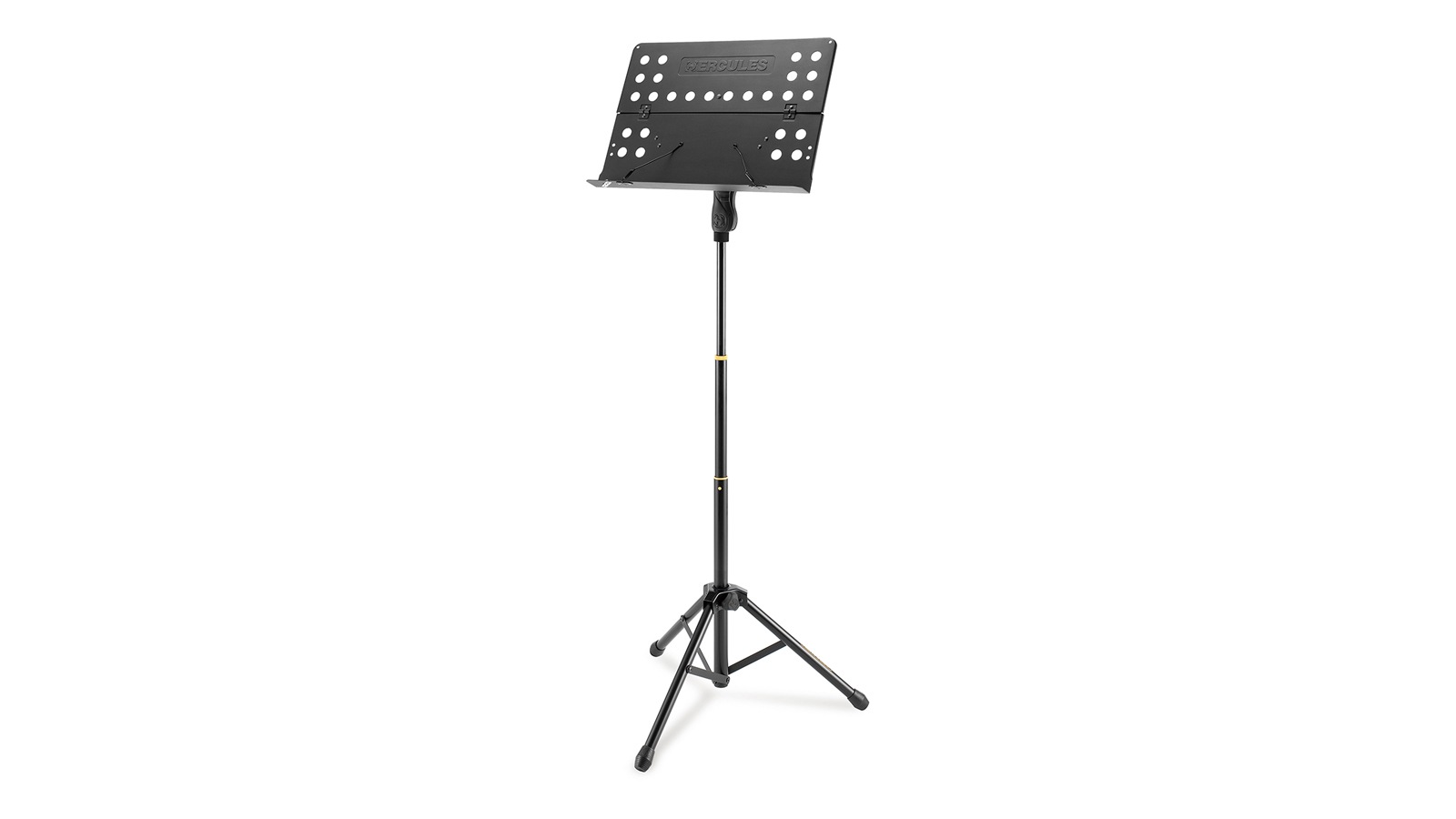
6. Hercules Stands BS418B
Our expert review:
Specifications
Reasons to buy
Reasons to avoid
Hercules is well-known for its sturdy keyboard stands and mic stands, which are used by professional musicians everywhere. It’ll come as no surprise, then, that this stylish music stand can hold up to 5kg in weight upon its rigid aluminium desk, which folds in half from top to bottom and is perforated with multiple holes to make it lighter and thus aid portability.
Height adjustments can be made quickly and easily with one hand via the ‘Quik-N-EZ’ grip clutch – simply squeeze the trigger and readjust the stand to the required height position. The desk is maintained at the correct angle via the ‘EZ Angle Roller’, which features a special anti-slip rubber connector.
Throw in a foldable tripod base, spring-loaded page retainers and side-locking clips, and it seems like Hercules has thought of everything – except, perhaps, a bag, which you’ll need to purchase separately.
Best music stands: Buying advice

The basic design of the music stand has remained virtually unchanged for decades, although it has been gradually refined over time. The best music stands today fall into two main categories: portable and non-portable. Aimed at musicians on the move, portable music stands can usually be folded up into a compact footprint for transporting, and as such are usually fairly lightweight. The downside of this is that they generally aren’t as stable as the weightier, non-portable type. This type of stand tends to have a heavier base to provide a low centre of gravity, and as a result is more suitable for permanent setups such as studios and orchestral stages.
Anatomy of a music stand
MusicRadar's got your back
Base. The vast majority of music stands sit on three legs for added stability. Portable stands typically feature folding tripod legs, while the non-portable variety have a more permanent, evenly spaced, three-legged arrangement.
Shaft. The shaft is the central stem of the stand that connects the base to the desk. Most stands will have a telescopic stem that can be height-adjusted either by means of threaded knobs that can be loosened and tightened, or via a friction clutch that allows for quick, one-handed adjustment. A good range of height adjustment is essential if you’re a musician who practises standing up but performs while seated, for example.
Desk. The surface upon which your music sheets and books rest is known as the desk or bookplate. Most commonly able to support two music sheets side by side, or an open songbook, the desk’s angle is usually adjustable and commonly rotates relative to the stand’s base to provide the best viewing angle. There are two main styles of desk – solid-backed and wireframe. Solid-backed versions are usually made of metal or plastic, and have the advantage of being more windproof, meaning your sheets are less likely to blow about in the breeze. Meanwhile, the wireframe type is most often found on portable stands, as this style can be hinged to make it easier to fold up into a more compact shape.
Clips. Single music sheets are cantankerous creatures, often stubbornly refusing to stay where you want them, which can be disastrous mid-gig. For this reason, most stands come with features designed to hold your pages in place, preventing them from curling forwards, blowing away in the wind when playing outdoors, or falling off when the stand is knocked. These usually take the form of fold-out arms or spring-loaded clips resembling antennae. However, stands with a solid metal desk sometimes use magnets to hold things steady.
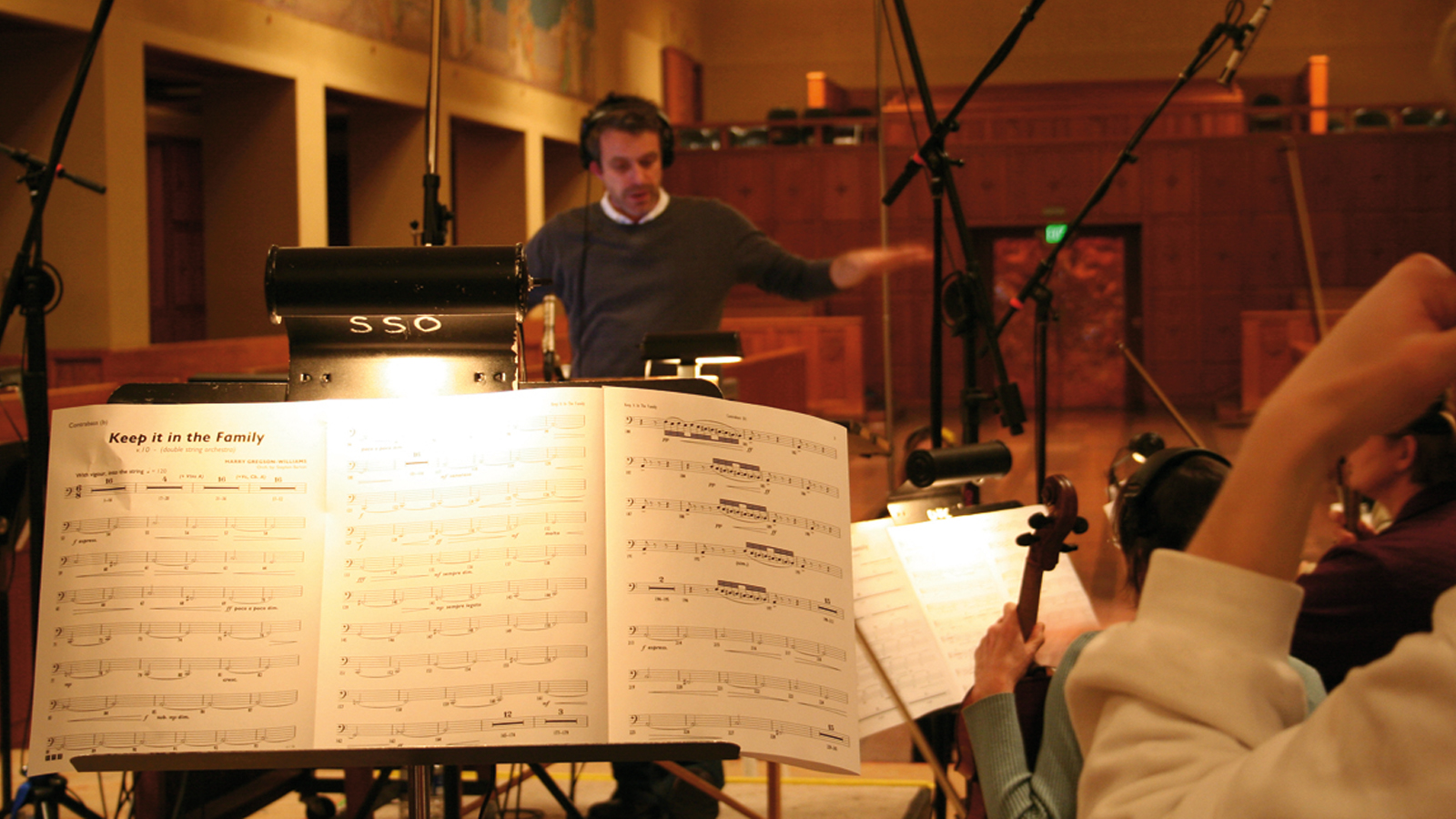
What to look for when buying a music stand
Solidity
It’s important that your music is held securely and won’t move around during use. You’ll need a stand that doesn’t wobble around and can support whatever you’re reading from, be it single sheets, heavy fake books or even an iPad, without sagging or toppling under the weight.
Versatility
Most stands on this list are adjustable with regard to the angle of the desk. This can vary through 90 degrees from fully horizontal to fully vertical. Ensure that the desk holds its position firmly in both planes, and doesn’t droop or rotate away from you while in use – there’s nothing worse than having to crane your neck as your music swings freely in the breeze!
Extendability
Make sure that the stand you’re looking at is extendable enough height-wise to cover what you want to use it for. A short stand might be fine for a cellist, for example, but not so good if you’re a tall violin virtuoso who likes to perform while standing!
Stability
A stable centre of gravity is an important factor, so most music stands tend to have tripod bases. Be careful not to over-extend these to the point where the weight of the desk and whatever it’s supporting is making the stand’s centre of gravity too high. This can destabilise the stand so that the whole thing topples over at the slightest knock or breath of wind.
Durability
If you’re looking for a stand that will endure lots of recording or practise sessions, or daily punishment at the hands of merciless teenage music students, be sure to pick one that’s durable and whose moving parts can stand up to a lot of punishment. Cheaper stands will be much more likely to break in the long term due to having less robust components. So, in general, the more you invest initially, the longer your stand will serve you.
Foldability
If you’re in the market for a music stand that you can carry around with you on your travels, you’re most likely to end up siding with the folding type, which can be packed down into a compact footprint for easy transportation. However, while a lot of non-portable stands can only be reduced down to their minimum height, there are some that enable you to remove the desk completely from the shaft, which then folds down into a compact unit that can be stowed inside a bag.
How we choose products
Here at MusicRadar, we are experts in our field, with many years of playing, creating and product testing between us. We live and breathe everything music gear related, and we draw on this knowledge and experience of using products in live, recording and rehearsal scenarios when selecting the products for our guides.
When choosing what we believe to be the best music stands available right now, we combine our hands-on experience, user reviews and testimonies and engage in lengthy discussions with our editorial colleagues to reach a consensus about the top products in any given category.
First and foremost, we are musicians, and we want other players to find the right product for them. So we take into careful consideration everything from budget to feature set, ease of use and durability to come up with a list of what we can safely say are the best music stands on the market right now.
Find out more about how we test music gear and services at MusicRadar.
Related buyer's guides
- Stocking up on the essentials? Don't forget one of the best mic stands
- Keyboard player? Check out our guide to the best keyboard stands
- Learning the piano? You'll need these essential piano accessories
Get the MusicRadar Newsletter
Want all the hottest music and gear news, reviews, deals, features and more, direct to your inbox? Sign up here.
Dave has been making music with computers since 1988 and his engineering, programming and keyboard-playing has featured on recordings by artists including George Michael, Kylie and Gary Barlow. A music technology writer since 2007, he’s Computer Music’s long-serving songwriting and music theory columnist, iCreate magazine’s resident Logic Pro expert and a regular contributor to MusicRadar and Attack Magazine. He also lectures on synthesis at Leeds Conservatoire of Music and is the author of Avid Pro Tools Basics.
MusicRadar deals of the week: Enjoy a mind-blowing $600 off a full-fat Gibson Les Paul, £500 off Kirk Hammett's Epiphone Greeny, and so much more
“A well spec’d device that bridges the gap between a basic stereo field recorder and a more advanced multitrack device”: Zoom H4 Essential review
